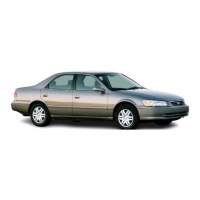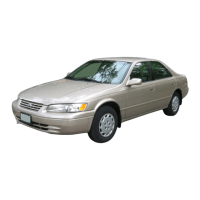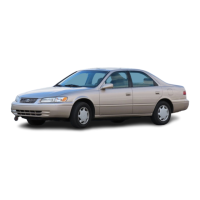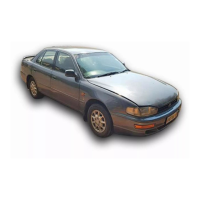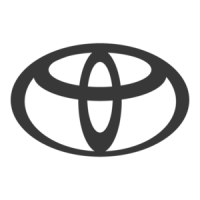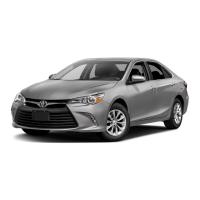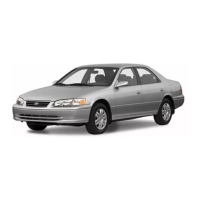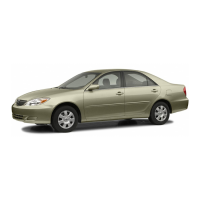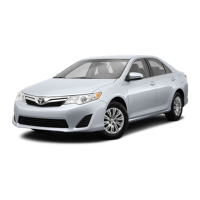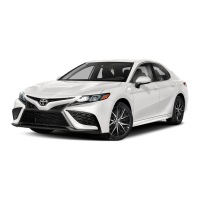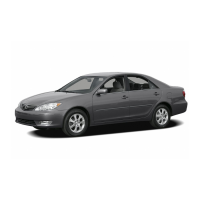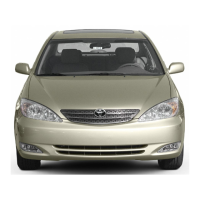132
CAUTION
!
Avoid inhaling the engine exhaust.
It contains carbon monoxide,
which is a colorless and odorless
gas. It can cause unconscious-
ness or even death.
Make sure the exhaust system has
no holes or loose connections.
The system should be checked
from time to time. If you hit some-
thing, or notice a change in the
sound of the exhaust, have the
system checked immediately.
Do not run the engine in a garage
or enclosed area except for the
time needed to drive the vehicle in
or out. The exhaust gases cannot
escape, making this a particularly
dangerous situation.
Do not remain for a long time in a
parked vehicle with the engine
running. If it is unavoidable, how-
ever, do so only in an unconfined
area and adjust the heating or
cooling system to force outside air
into the vehicle.
Keep the trunk lid or back door
closed while driving. An open or
unsealed trunk lid or back door
may cause exhaust gases to be
drawn into the vehicle. If you must
drive with the trunk lid or back
door open to accommodate a
large object, close the windows,
open all the instrument panel
vents and have the heating or
cooling system deliver fresh air
into the vehicle by turning the fan
to high speed with the air intake
control set at the OUTSIDE AIR
position.
To allow proper operation of your
vehicle’s ventilation system, keep
the inlet grilles in front of the wind-
shield clear of snow, leaves, or
other obstructions.
If you smell exhaust fumes in the
vehicle, drive with the windows
open and the trunk lid or back
door closed. Have the cause im-
mediately located and corrected.
FUNCTIONS OF ENGINE OIL
Engine oil has the primary functions of lu-
bricating and cooling the inside of the en-
gine, and plays a major role in maintaining
the engine in proper working order.
ENGINE OIL CONSUMPTION
It is normal that an engine should con-
sume some engine oil during normal
engine operation. The causes of oil
consumption in a normal engine are
as follows.
Oil is used to lubricate pistons, piston
rings and cylinders. A thin film of oil is
left on the cylinder wall when a piston
moves downwards in the cylinder.
High negative pressure generated
when the vehicle is decelerating sucks
some of this oil into the combustion
chamber. This oil as well as some part
of the oil film left on the cylinder wall is
burned by the high temperature com-
bustion gases during the combustion
process.
Oil is also used to lubricate the stems
of the intake valves. Some of this oil is
sucked into the combustion chamber
together with the intake air and is
burned along with the fuel. High tem-
perature exhaust gases also burn the
oil used to lubricate the exhaust valve
stems.
Facts about engine oil
consumptionEngine exhaust cautions
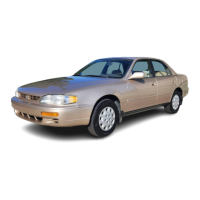
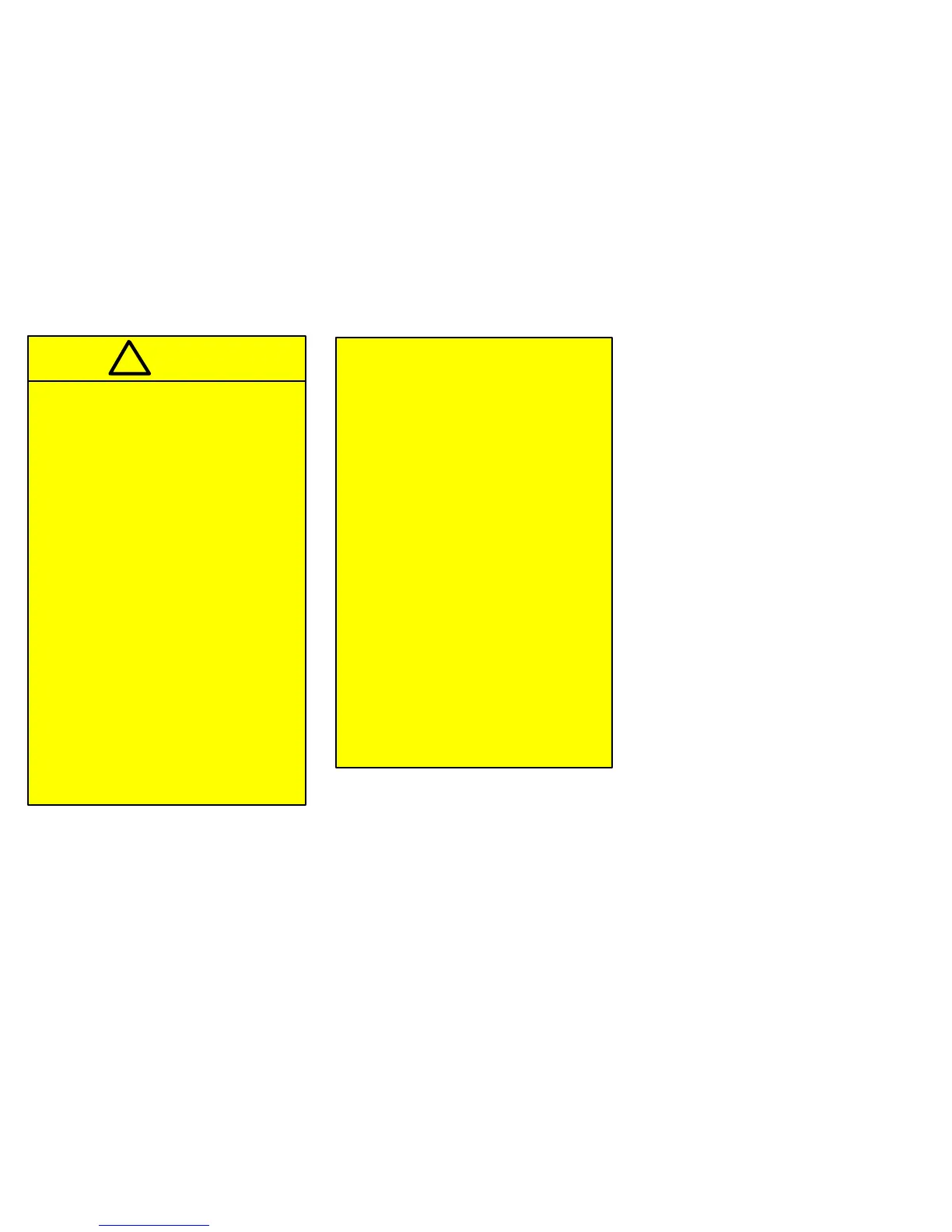